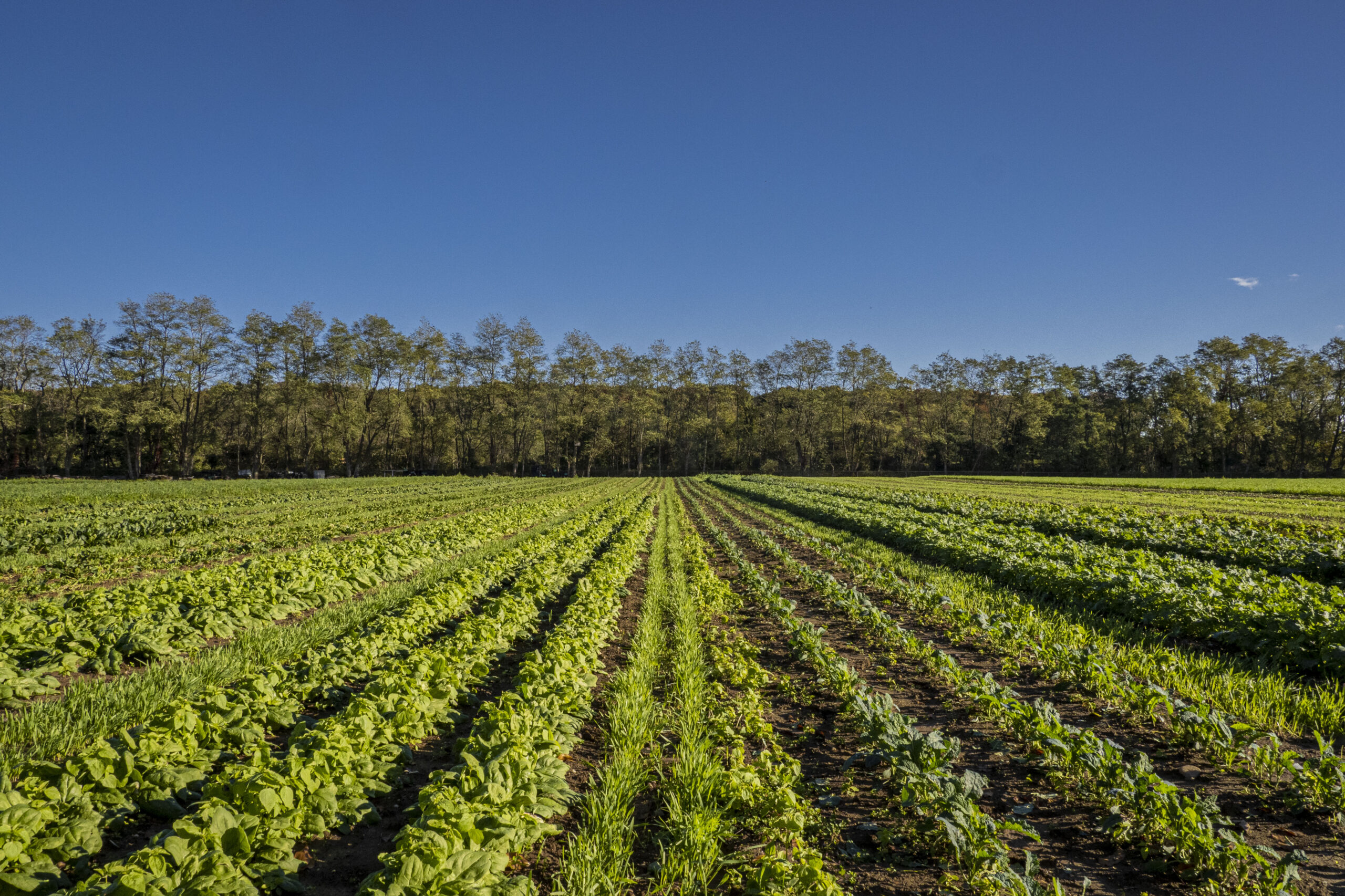We have much more to do and your continued support is needed now more than ever.
Enlisting farms, fields, and forests in the fight against climate change, part 1
Part 1: Enhancing equity and environmental justice
Working lands and the people who steward them are facing dire threats from climate change—but they’re also uniquely poised to take a leadership role in climate mitigation. Farmers, family forest owners, and ranchers can reduce greenhouse gas emissions and increase carbon sequestration by changing their practices or adopting new ones. Such practices can mitigate climate change by improving soil health, reducing fuel consumption, and sustainably managing forest and rangelands. Not only do these changes reduce emissions, but often have co-benefits for wildlife, water, and agricultural productivity.
In response to this opportunity, incentives to support producers and landowners have grown in abundance in both the public and private sector. Some of these incentives, such as the voluntary conservation programs overseen by the US Department of Agriculture, have existed for decades to promote environmentally sound (and often cost-effective) practices in working lands. The Environmental Quality Incentives Program, for example, offers cost share payments for implementing climate-smart mitigation practices such as no-till agriculture, cover cropping, silvopasture, prescribed burning, and infrastructure for rotational grazing practices. The Conservation Reserve Program (CRP), which pays a yearly rental rate to private landowners for removing marginal agricultural lands from row crop production, is another option for farmers and ranchers to improve their bottom line while protecting and restoring natural resources. Federal agriculture conservation programs and other federal and state programs can often also promote climate adaptation practices.

Voluntary carbon markets offer another new pathway to reduce costs for landowners interested in implementing climate-smart practices. These mechanisms allow companies or other entities to purchase “carbon credits,” typically to offset their own emissions. Carbon markets can be mandated through regulations, as in the case of California’s compliance market, or voluntary and unregulated. (Note that these markets have significant shortcomings, which we’ll discuss below.) Tax incentives to reward landowners for carbon sequestration and storage ton-by-ton could be advanced to create parity with existing incentives in the tax code for capture and underground storage of carbon by industrial facilities. Additionally, landowners may opt to take advantage of permanent conservation easements, voluntary agreements that prevent the conversion of land—including working lands—in perpetuity, in exchange for tax benefits. Although these programs are structured to preserve broader conservation values, they can be thought of as one more option to ensure that carbon uptake and storage can continue for decades to come.

Social equity concerns
Without careful design, incentives designed to reduce emissions in working lands may leave family farmers, ranchers, and forest landowners behind—especially those that have been historically underrepresented and excluded from assistance programs. There are a few ways this could occur:
- Voluntary conservation programs have historically been best-suited to meet the needs of large-scale producers, not those of beginning, historically underserved, or small- and mid-scale producers. Producers who lease, rather than own, their land may have difficulty participating. Families with heirs’ property (i.e., land jointly inherited and owned in the absence of a formal will) may also experience challenges. Finally, the structures of these programs may not align with the traditional practices and ecological knowledge of Indigenous producers.
- Voluntary carbon markets currently lack regulation, and the entities that issue carbon credits vary widely in their standards and methodologies. These markets present serious questions: Can carbon credits truly result in real and durable emissions reductions, or are they little more than smoke and mirrors? For example, should carbon-sequestering activities that can be easily reversed (such as no-till agriculture) be eligible to earn credits? Do carbon markets relieve major polluters of the need to cut their emissions, leaving fenceline communities in the lurch? In other words, some wonder, are these markets little more than greenwashing, contributing to increasing climate impacts on vulnerable communities? For producers and landowners, especially small holders, the costs of monitoring and verification required to participate in carbon markets can be prohibitive. Large firms that undertake monitoring and verification for smaller landowners can extract most of the economic benefits and undermine the producers’ data privacy.
- Tax incentives may fail to entice individuals with little to no tax liability, unless they are structured to allow for refunds or trading of credits. Permanent conservation easements can lower estate taxes, helping producers to keep lands within their family. But if low-income producers and historically marginalized producers aren’t aware of these opportunities, easements could serve to further exacerbate wealth gaps. Evidence suggests that white and wealthy households enjoy an outsized share of the financial benefits of land conservation today.
To address these issues, policymakers should:
- Focus their energy on public policy efforts on greenhouse gas emissions reductions, but ensure that carbon markets and offset schemes have high integrity where they occur. Voluntary carbon markets should not distract from the broader, sometimes transformational changes needed to achieve our goals on climate change mitigation and adaptation or environmental and climate justice. Without rigorous standards and third-party verification, credits will not likely reduce overall greenhouse gas emissions–and indeed, they could even undermine mitigation efforts. Regulatory oversight may be needed.
- Make government programs more accessible and reduce barriers to participation. Increased outreach to farmers, ranchers and private landowners, particularly under-served and small-scale producers and improved government materials will enhance climate change mitigation efforts. This could include:
- Providing tailored technical and financial support to engage historically underserved producers.
- Translating materials into other languages, in partnership with trusted community allies.
- Adapting programs to include Indigenous ecological knowledge and to suit the unique circumstances of heirs’ property.
- Supporting priority enrollment for certain producers to make up for historic inequities in program administration.
- For tax incentives, offering tiered benefits that provide proportionally larger incentives to smaller producers could also help offset the upfront costs of participation.
- Design government programs with equity in mind. When it comes to financial incentives, design programs to ensure that small landowners will be able to participate—for example, by providing tiered payments, or subsidizing entry into carbon markets for small-scale producers. If, however, minority producers and landowners are unaware of, distrustful of, or excluded from these programs, it may inadvertently reinforce existing gaps in wealth or rates of land ownership.
In Part 2, we’ll outline concerns related to biodiversity and offer recommendations to promote wildlife-friendly climate action on working lands.
Special thanks to Ben Knuth for his helpful feedback and contributions on this blog series.





















